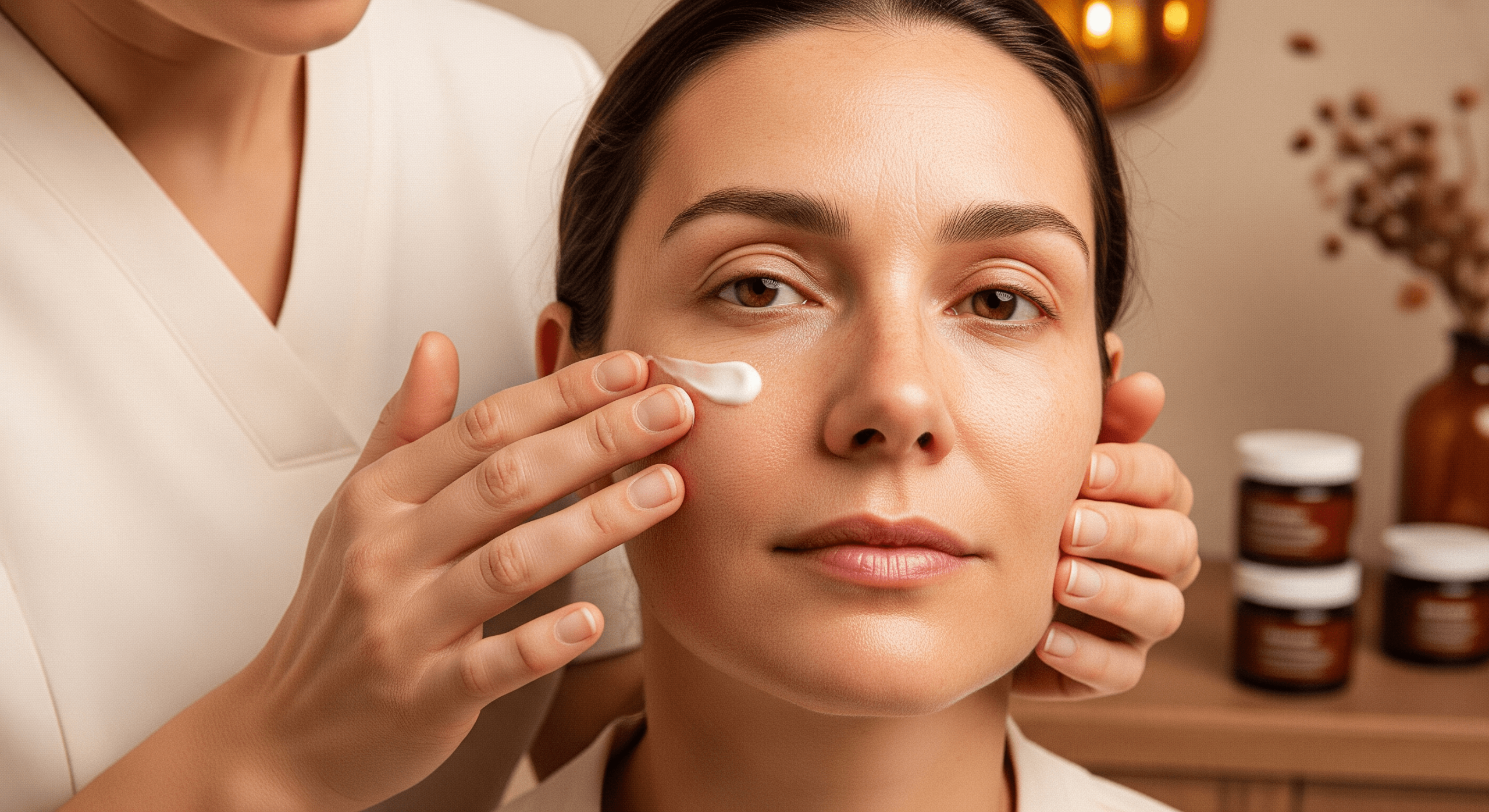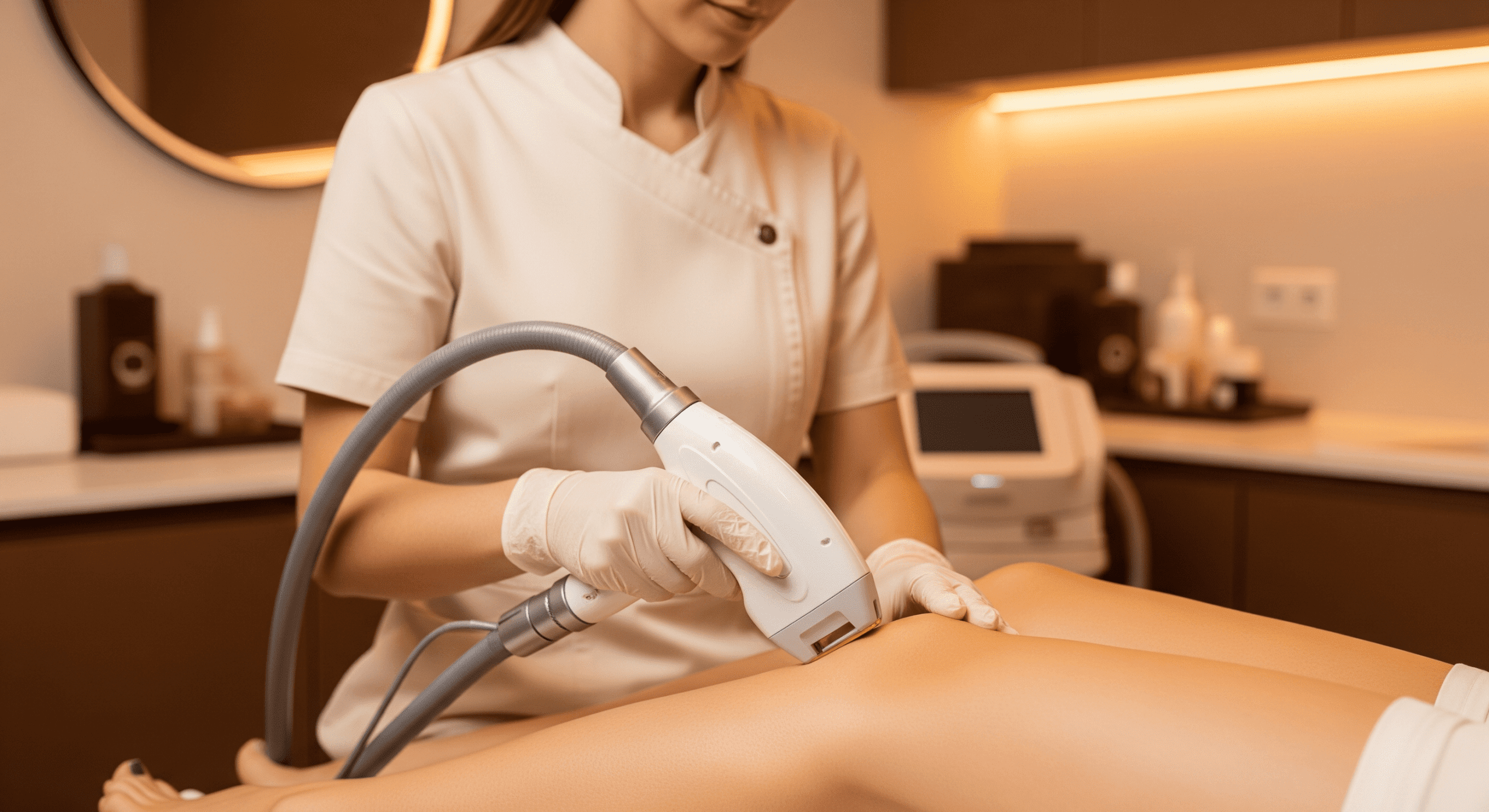You’ve just started a new skincare product, and bam—your face breaks out. Panic? Maybe. But before you toss your new serum in the trash, you need to ask: Is this skin purging or just a breakout?
Understanding the difference between skin purging vs. breakouts is crucial for anyone serious about skincare. Treat one the wrong way and you might make things worse. Treat it right and you could be days away from clearer, healthier skin. Let’s dive deep into what sets them apart and how to handle each like a skincare pro.
Jump To:
TLDR – Quick Guide
- Skin purging is a short-term flare-up caused by increased cell turnover from active ingredients like retinoids or acids.
- Breakouts are often a result of clogged pores, hormones, stress, or irritation.
- Purging tends to happen where you normally break out and clears up quicker.
- Breakouts can pop up in new areas and linger longer.
- Knowing the difference helps you stay committed to products that actually work.
Detailed Breakdown
1. What Is Skin Purging, Really?
Skin purging occurs when your skin is adjusting to active ingredients that speed up cell turnover—think retinoids, AHAs, BHAs, or vitamin C. This process pushes trapped impurities (oil, bacteria, dead cells) to the surface faster, causing a temporary increase in pimples or whiteheads. The good news? It’s a sign your skin is detoxing and should clear up within 4–6 weeks.
2. How Are Breakouts Different?
Breakouts, on the other hand, are a sign something’s going wrong. They’re often caused by pore-clogging ingredients (comedogens), stress, hormones, or even over-washing. Unlike purging, breakouts can show up anywhere—even in areas you don’t usually have acne—and don’t follow a predictable timeline. They can take longer to heal and may leave behind scars or hyperpigmentation.
3. Where on Your Face Is It Happening?
A major clue in the skin purging vs. breakouts debate lies in location.
- Purging typically shows up in your usual acne-prone zones.
- Breakouts can pop up in new areas, like cheeks or jawline if they’re caused by friction (maskne, anyone?) or hormonal imbalances.
4. Duration: How Long Is Too Long?
If you’ve been using an active product for more than six weeks and you’re still seeing new pimples—bad news—it’s probably not purging anymore. It’s either a reaction or just plain old acne. Skin purging should resolve itself quickly as your skin acclimates.
5. How to Manage Both Without Wrecking Your Skin Barrier
- For purging: Stick with the routine. Moisturize, use SPF, and go easy on actives until your skin adjusts.
- For breakouts: Reassess the culprit. Look at product ingredients, clean your tools (hello, makeup brushes), and consider a non-comedogenic routine.
Key Takeaways
- Purging is a good sign—it means your actives are working; breakouts are your skin’s SOS.
- Timing, location, and type of pimple matter when distinguishing between the two.
- If in doubt, patch test new products and introduce them gradually.
- A consistent, gentle skincare routine is your best long-term solution.
- Don’t abandon a product too soon—give it 4–6 weeks before making a judgment.
FAQs
1. How do I know if it’s purging or a breakout?
Purging usually occurs in areas you already break out and happens shortly after starting a product with active ingredients. Breakouts can appear in new areas and may persist longer.
2. How long should skin purging last?
Skin purging typically lasts between 2 to 6 weeks, depending on your skin type and the strength of the product. If it goes beyond that, consult a dermatologist.
3. Can all skincare products cause purging?
No. Only products that increase skin cell turnover—like retinoids, AHAs, and BHAs—can cause purging. Moisturizers or cleansers without actives shouldn’t trigger it.
4. Should I stop using a product if I’m purging?
Not immediately. If you suspect it’s purging, stick with it for at least four weeks. However, if you’re experiencing burning, peeling, or worsening symptoms, discontinue use.
5. Is it possible to purge and break out at the same time?
Yes, especially if you’re introducing multiple new products at once. That’s why it’s smart to introduce new items gradually—so you can identify what’s helping and what’s hurting.


